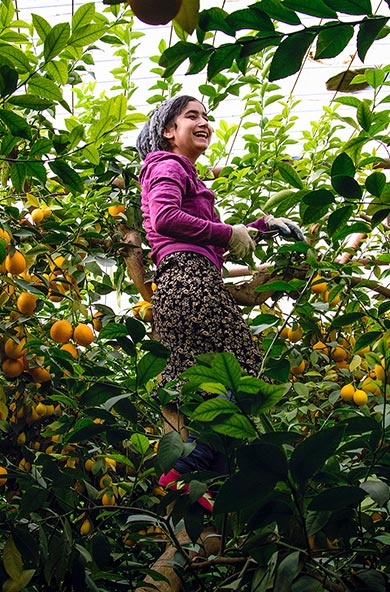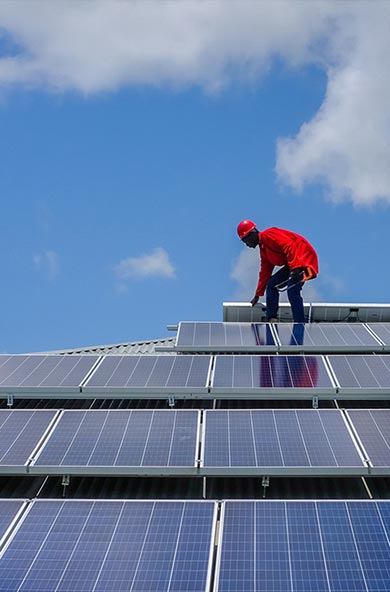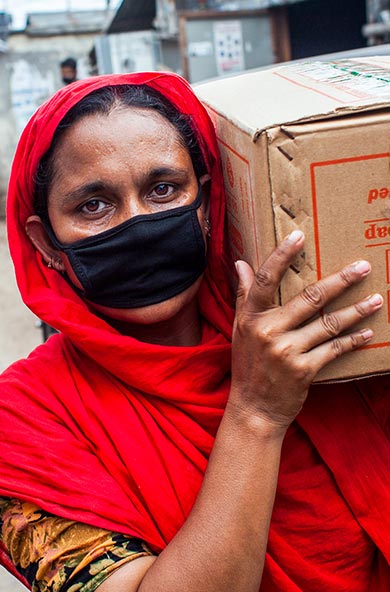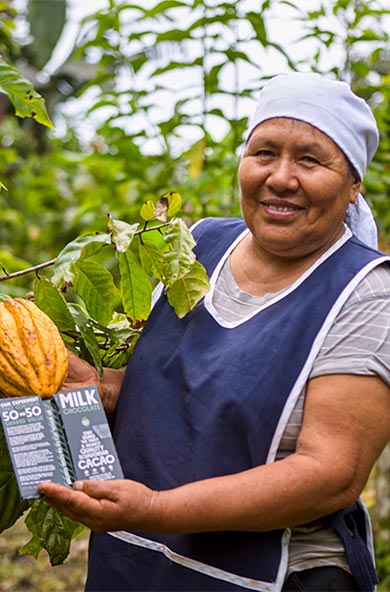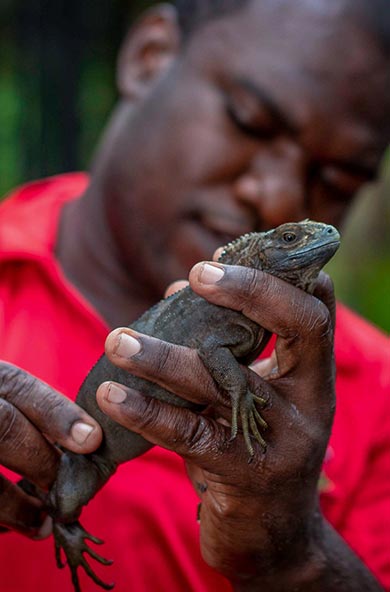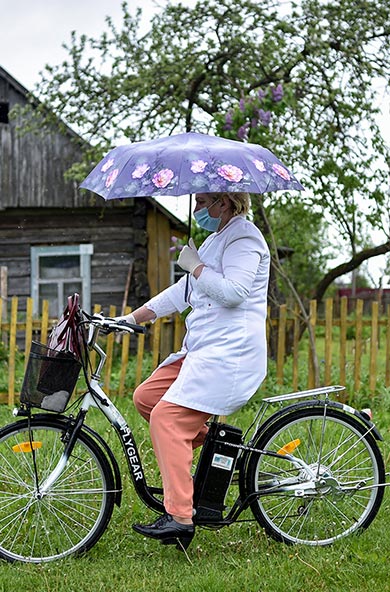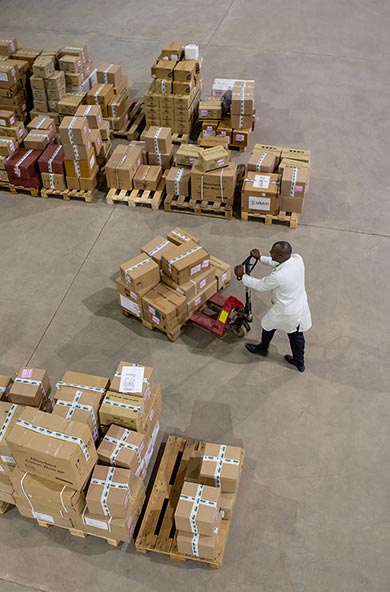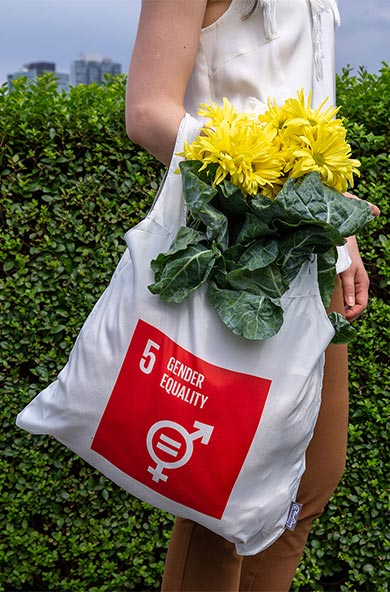Multi-speed growth is back, with a fiscal blind spot

Multi-speed growth is back, with a fiscal blind spot
July 22, 2024
Multi-speed growth is back: 68 developing economies are currently growing at more than 4%, 47 at between 2 and 4% and 37 at less than 2%. The projected effects on poverty are uneven. Despite a downward trend since the pandemic in 2020, an estimated 7.7% of the global population could still be living in extreme poverty in 2024, just below the pre-pandemic level of 8%, and could decrease slightly to 7.2% by 2026. An additional 13.1% of the world’s population will be living on $2.15-3.65 a day in 2024 (making a total of 20.8% living on less than $3.65 a day), and an additional 23.5% on $3.65-6.85 a day (making a total of 44.3% living on less than $6.85 a day). By 2026, the shares of the global population living on less than $3.65 and $6.85 a day are projected to reach 18.9% and 42.5%, respectively.
Looking forward, high levels of debt and weak development financing are expected to make uneven patterns of growth and poverty more divergent. In 49 countries, net interest payments as a share of revenue are now higher than 10%, up from 27 countries a decade ago, and in 10 countries higher than 25%. Worst affected is the world’s poorest region, Sub-Saharan Africa, which accounts for 45% of countries with interest payments in excess of 10% and 50% of countries with payments higher than 25%. Indicators of debt distress and default risk remain elevated. For developing economies with a sovereign credit rating, 61% percent (54 countries) have a rating below ‘non-investment grade’ and for countries with debt assessed under the LIC-DSF 51% percent (34 countries) are rated either in or at high risk of debt distress.

 Locations
Locations